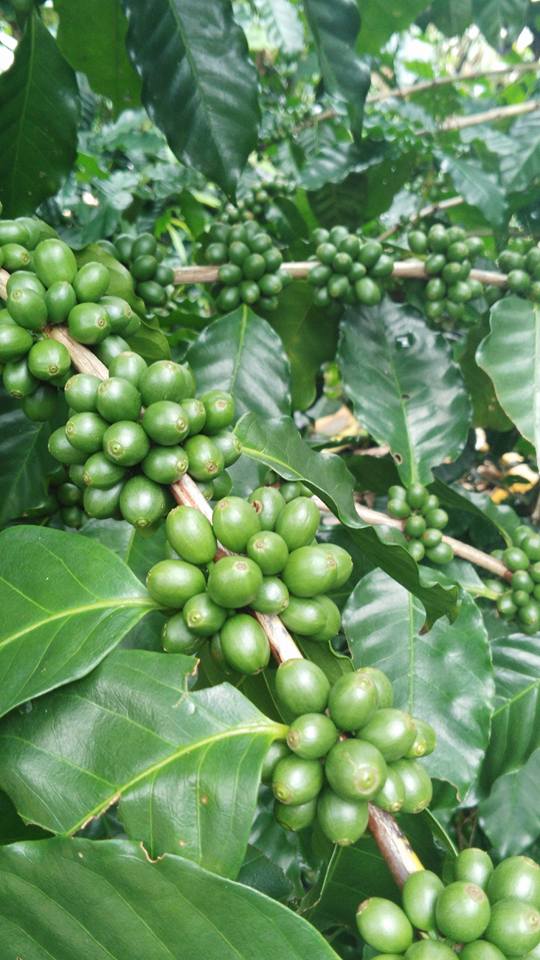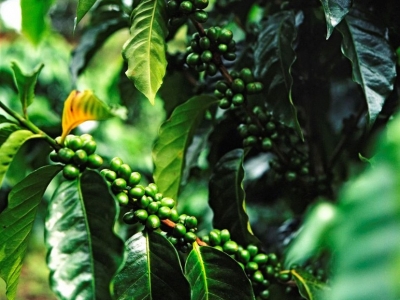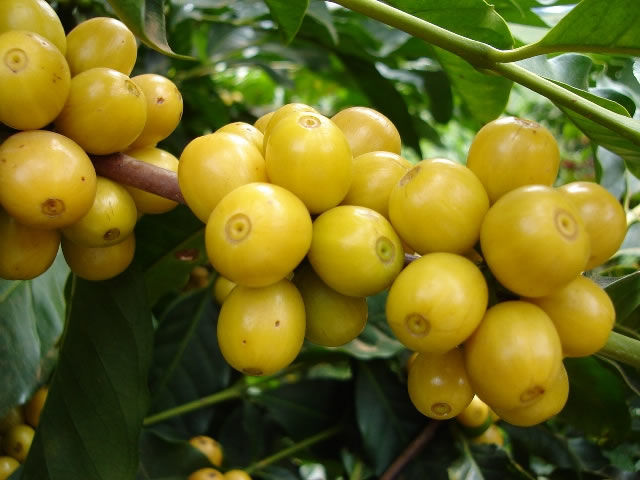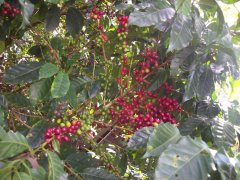Introduction to the flavor and taste of adzuki bean from PB Monteiro (waterway) treatment plant in Mtaro estate, Kenya
For professional baristas, please follow the coffee workshop (Wechat official account cafe_style)

Kenya Mtaro estate Monteiro (Waterway) treatment Plant PB Peanut
Kenya is a model country for fine coffee beans. Most coffee beans are graded by the Kenya Coffee Bureau and then sold at auctions. The system of public auction can be traced back to 1934. About 50 licensed agents in Kenya send sample beans to their customers for cup testing. Customers can bid for their favorite coffee at auction. This approach seems to encourage intermediary agents to erode farmers' income, so in 2006 Kenya opened up another 32 independent sales agents to negotiate directly with foreign coffee buyers without going through auctions. the better the coffee is, the better the price can be measured through the cup, so that more cooperatives and farms are willing to join, and can contact farmers directly to get first-hand information.
On the market, consumers are often confused by adding AA PLUS AA AB PB after Kenyan beans. AA and AB,PB, which are the best in AA PLUS, mean small round beans, which only represent the uniformity of particle size, not the quality. Most Kenyan beans come from processing plants and cooperatives, and good quality coffee will be added with the name of processing plant or cooperative. If only adding AA after Kenya, the general Kenyan bean quality and taste is poor, the Kenyan coffee grading system is quoted by many African countries. Such as Tanzania, Uganda, Congo, etc., can be harvested twice a year, April-June is the second production season, October-December is the main harvest season.

The Kenyan Mtaro estate Monteiro treatment plant is located on a mountain of 1600 meters 40 kilometers east of Nairobi, the capital of Kenya. It belongs to the Nyeri production area in western Kenya. It is a small processing plant that only selects farmers to pick fully ripe red cherries by hand, delivers them to the treatment plant immediately on the day of harvest, removes the peel and pulp, and then ferments for 16-48 hours to clean the surface mucous membrane. This is a key procedure for maintaining thick, sturdy BlackBerry acid. The price of coffee beans is determined here, so more and more Kenyan beans choose to do this important process in small processing plants, because fresh is of good quality.
Property Characteristics: farm characteristics
Farm Farm: Mtaro estate Monteiro (Waterway)
Name name: Mtaro Estate Peaberry
Grade grade: PB green beans

Country country: Kenya Kenya
Region: Nyeri
Altitude altitude: 1500-1700 m
Farm Size farm size: small coffee farmers who grow in small areas.
Coffee Characteristics: coffee characteristics
Variety varieties: SL 28, SL 34
Processing System treatment: Full Washed washing drying on African viaduct
Top Jury Descriptions comment: the baking degree (Cinnamon) measured by the cup at the beginning of 60 seconds of explosion.
Aroma / flavor flavor: plum, sweet-scented osmanthus, rose, jasmine, lavender, caramel, honey, chocolate
Acid quality: Golden orange acid, grapefruit, lemon, high acid
The complexity of complex is similar to that of other: strong living light, good brightness, moderate emulsification, full of sweet vanilla, obvious aftertaste of golden orange
Important Notice :
前街咖啡 FrontStreet Coffee has moved to new addredd:
FrontStreet Coffee Address: 315,Donghua East Road,GuangZhou
Tel:020 38364473
- Prev

Where does Nicaraguan coffee come from? How do you drink it? Introduction of Anjing Manor, a coffee producing area in Nicaragua
For professional baristas, please follow the coffee workshop (Wechat official account cafe_style) Nicaragua Tres Soles ◆ coffee producing area: Xino Jia Jing Manor (NicaraguaJinotegaTres Soles) ◆ Coffee in Northern Central America: Dr. Yang Ziqing was originally a pediatrician because he fell in love with this coffee after 15 years of medical practice.
- Next

Can I have an espresso machine with Nicaraguan coffee beans? Characteristics of javanica coffee beans in Nicaragua
For the exchange of professional baristas, please follow the coffee workshop (Wechat official account cafe_style) Mierisch family, Nicaragua Mierishuo family, began to grow coffee in 1908, has a history of more than 100 years. In the past 15 years, the family's investment in coffee equipment, processing technology and personnel training has led to the great growth of the family's micro-batch coffee beans. And these changes come at the same time.
Related
- Detailed explanation of Jadeite planting Land in Panamanian Jadeite Manor introduction to the grading system of Jadeite competitive bidding, Red bid, Green bid and Rose Summer
- Story of Coffee planting in Brenka region of Costa Rica Stonehenge Manor anaerobic heavy honey treatment of flavor mouth
- What's on the barrel of Blue Mountain Coffee beans?
- Can American coffee also pull flowers? How to use hot American style to pull out a good-looking pattern?
- Can you make a cold extract with coffee beans? What is the right proportion for cold-extracted coffee formula?
- Indonesian PWN Gold Mandrine Coffee Origin Features Flavor How to Chong? Mandolin coffee is American.
- A brief introduction to the flavor characteristics of Brazilian yellow bourbon coffee beans
- What is the effect of different water quality on the flavor of cold-extracted coffee? What kind of water is best for brewing coffee?
- Why do you think of Rose Summer whenever you mention Panamanian coffee?
- Introduction to the characteristics of authentic blue mountain coffee bean producing areas? What is the CIB Coffee Authority in Jamaica?

